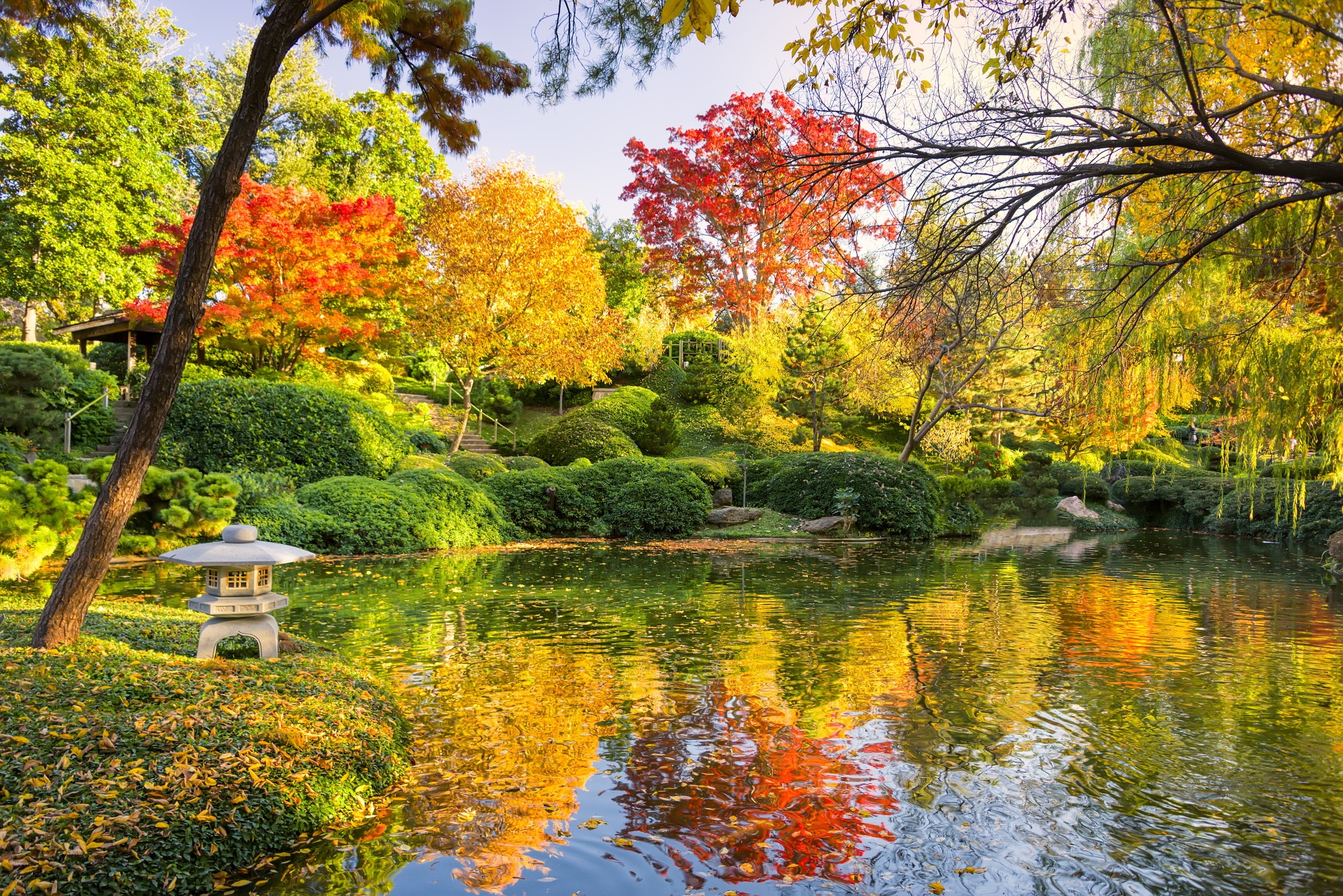The cool days of October have finally arrived, ushering in one of the best times of the year to visit the Garden.
Seeking calm and beauty? We invite you to unplug and unwind with a peaceful walk through the Rose Garden or a moment of contemplation in the Japanese Garden. The Garden’s 110 acres provide plenty of room to withdraw from the world for a while and take a deep breath in nature.
Looking for more activity? We offer plenty of opportunities to engage with the community and enjoy new experiences. ¡Celebramos!, the Garden’s celebration of Hispanic Heritage, continues with local Mariachi bands, a Hispanic Artisans Faire and a Street Taco Festival. Mark your calendars too for the return of our annual Fall Japanese Festival.







